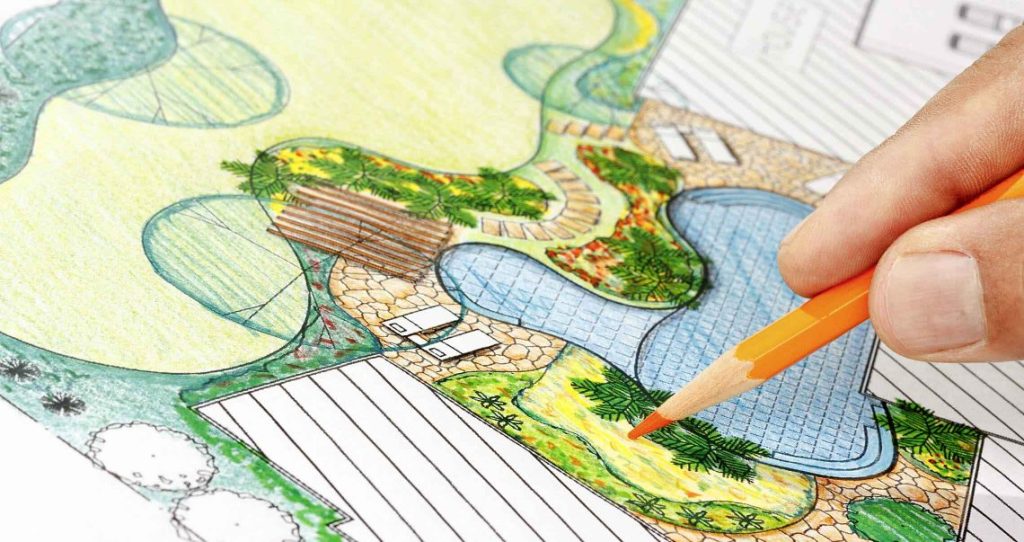
Use Native Plants
Native plants are better-suited to local climate and soil conditions, require less water and support local wildlife. Not only that, they’ll grow better than your expensive exotic imports!
Go Organic
Avoid synthetic pesticides and fertilizers that can harm beneficial insects and soil health. Instead, use organic methods such as composting and crop rotation. Going organic is better for the environment, you and your family.
Conserve Water
Install a rain barrel to capture rainwater and use it to irrigate your plants. Use drip irrigation to reduce water waste and evaporation. Minimize the use of impermeable ground cover.
Reduce Lawn Area
Although they’re classically considered the neighborhood standard, lawns require a lot of water, fertilizer and maintenance. Consider replacing some of your lawn with native plants, groundcovers or water-permeable hardscaping.
Use Permeable Paving
Permeable paving allows rainwater to filter into the ground, reducing runoff and protecting water quality. Rather than installing slabs of concrete or asphalt, consider brick pavers, cobblestones or other materials that leave gaps between them.
Provide Habitat
Create habitats for birds, bees and other wildlife by planting native plants and providing nesting boxes and water sources. Rather than cultivating uniform stands of Bermuda grass, try wildflowers and local grasses while leaving whatever grows naturally
Compost
Composting food waste and yard debris reduces landfill waste and creates nutrient-rich soil for your plants. It’ll also reduce your gardening supply bills.
Use Renewable Materials
Use locally sourced, sustainably-harvested materials such as bamboo, reclaimed wood or recycled plastic. Cut back on buying new from the store and try and reuse what’s freely available to you.
Design For Energy Efficiency
Plant deciduous trees to shade your home in summer and let in winter sun. Use trellises or pergolas to shade outdoor living spaces. Think of how your landscaping design could help reduce your energy bills.
Think Long-Term
Plan your landscape design with the future in mind, considering the growth and maintenance requirements of your plants and leaving space for future additions or changes. Beware of future growth that could cause problems with cleaning and/or plumbing. Use hardscaping materials that will stand the test of time and won’t cause environmental problems.
